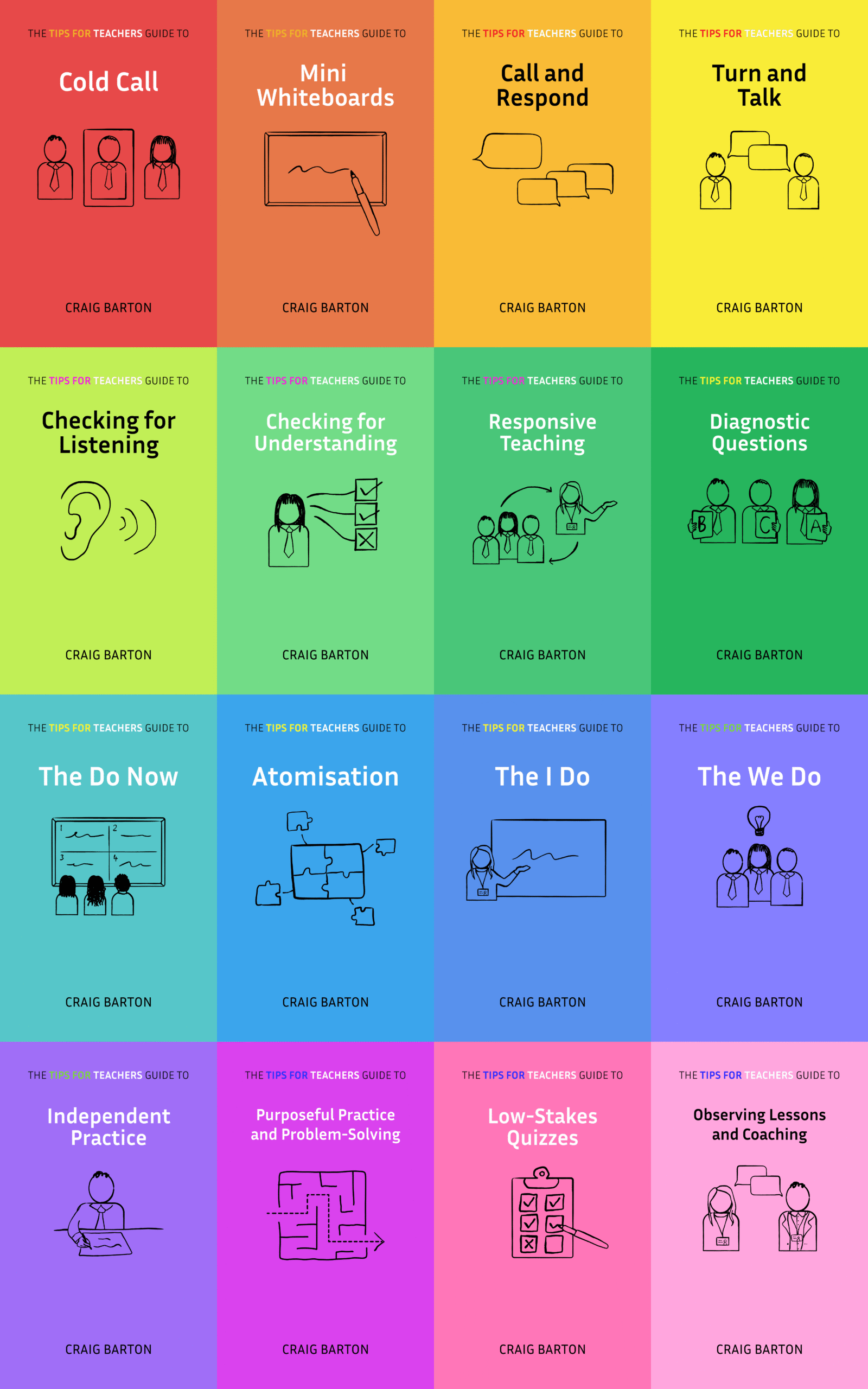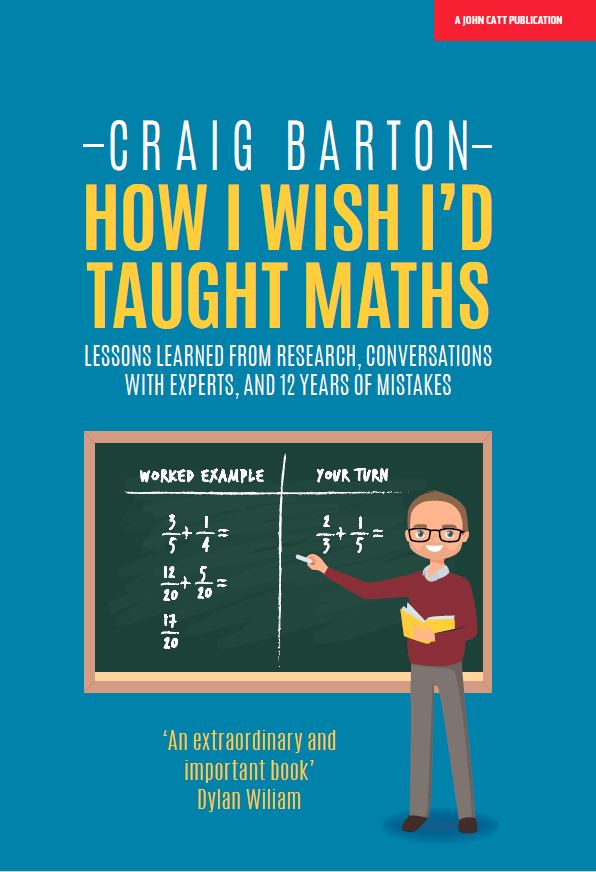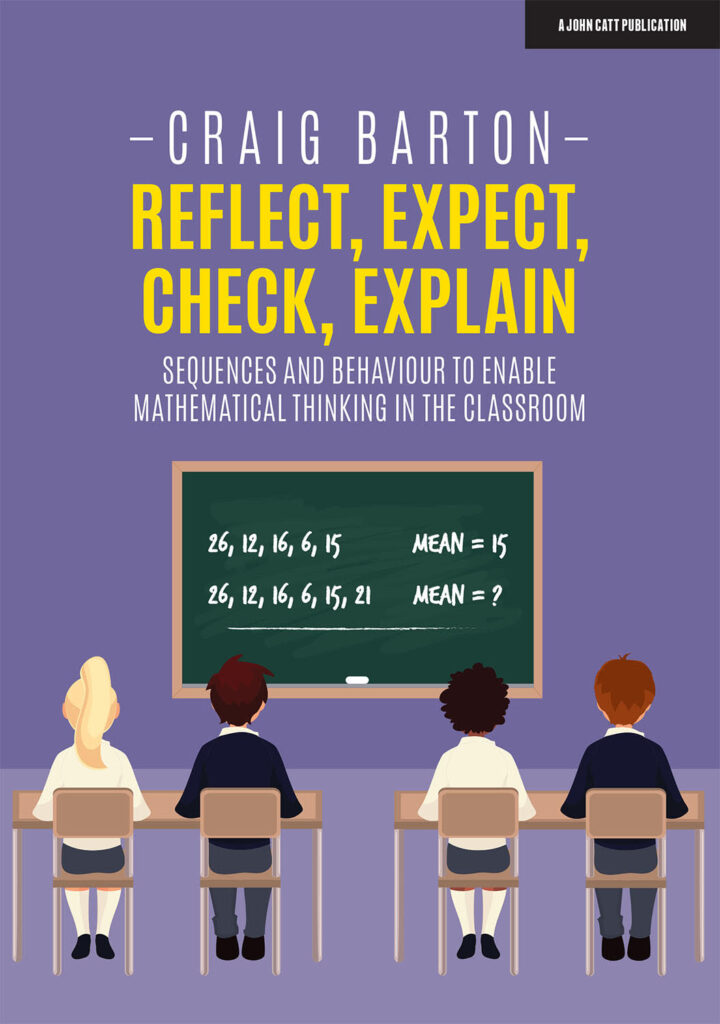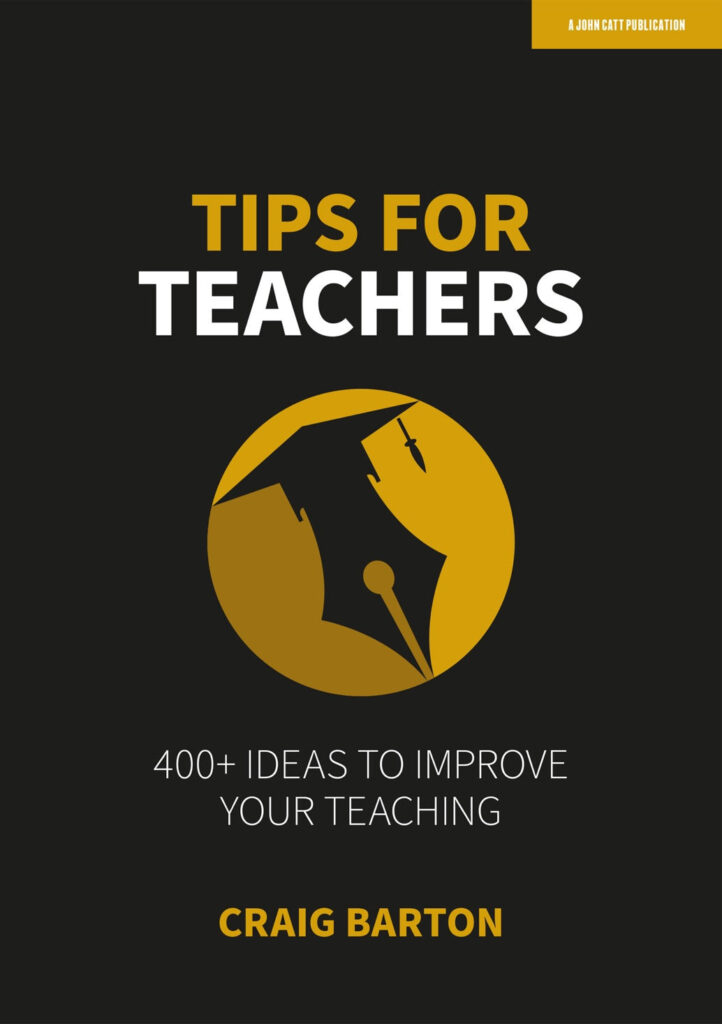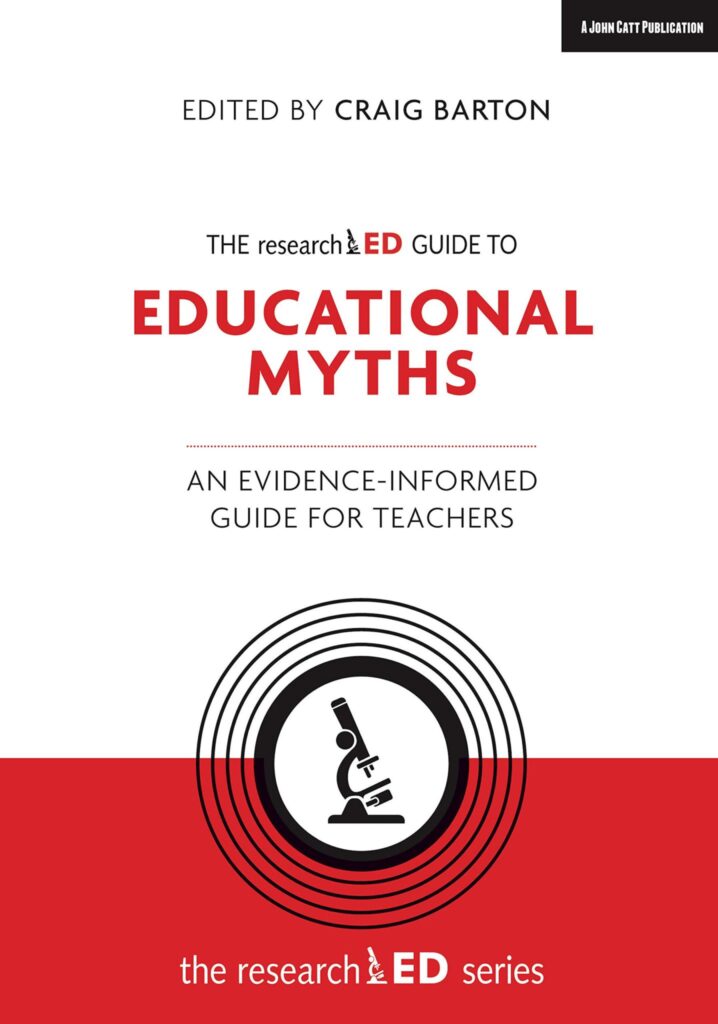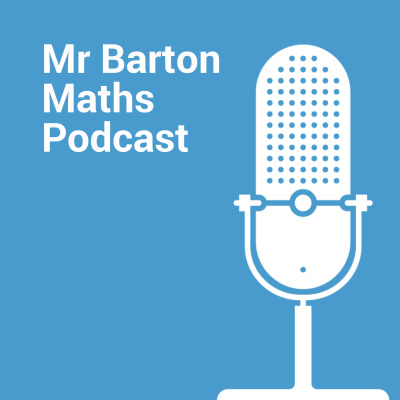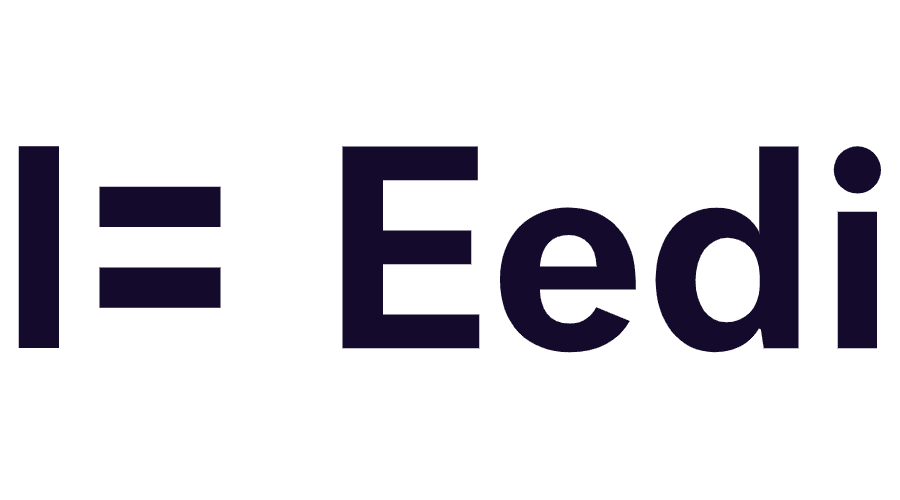Summary
This YouTube transcript details a teacher’s method for encouraging class participation using “talk cubes.” Each student receives a cube they must “get rid of” by contributing to class discussions; this encourages quieter students to participate while preventing overly talkative students from dominating. The teacher emphasizes building a classroom culture where all voices are valued and provides examples of positive reinforcement. Differentiation is used, giving some students more cubes based on their participation levels. The approach aims for mass participation and avoids cold-calling’s potential for intimidation.
What are the implications for teachers?
The “talk cubes” method has several implications for teachers, primarily in managing classroom discussions and encouraging participation. Here’s a breakdown of those implications:
- Encouraging participation: The talk cube method can encourage reluctant students to speak up by giving them a physical “ticket” to contribute. Teachers can hand the cubes out as students come in from playtime, and let the students know they are eager to hear what they have to say. By requiring every student to use at least one cube, teachers can ensure that even the quietest students share their thoughts.
- Managing dominant speakers: For students who tend to dominate discussions, teachers can give them a limited number of cubes (e.g., three or five). Once they’ve used their cubes, they are done for that part of the discussion, which teaches them to be more selective and thoughtful about their contributions.
- Promoting thoughtful contributions: The talk cubes method encourages all students to think carefully about what they want to say because they have a limited number of “turns”. This can lead to more meaningful and relevant contributions to the discussion.
- Facilitating discussion-based teaching: The talk cube strategy can facilitate dialogic teaching by managing the flow of conversation and ensuring all voices are heard. It can help teachers move toward a more discussion-based teaching model.
- Maintaining engagement: Even after students have used their cube, teachers can keep them engaged by drawing them back into the discussion. For example, teachers could ask students for their opinions on the contributions of others. This prevents students from disengaging after they’ve used their cube.
- Building classroom culture: The talk cubes approach should be part of a broader classroom culture where everyone’s contributions are valued. Teachers need to build a classroom culture in which all students have the chance to “shine”, using varied strategies, not just relying on the cubes. The method can be introduced gradually, and should not be done “cold” on any given day.
- Differentiated instruction: Teachers can adjust the number of cubes given to each student depending on their needs. Some students, such as those with special needs, may not be appropriate for this method. Some students may be given more cubes to encourage them to participate, while others may be given more to encourage them to listen.
- Messaging for reluctant speakers: Teachers can encourage reluctant students by giving them a cube and telling them “I know you have something brilliant to say,” and that it is their “secret ticket to tell me”.

